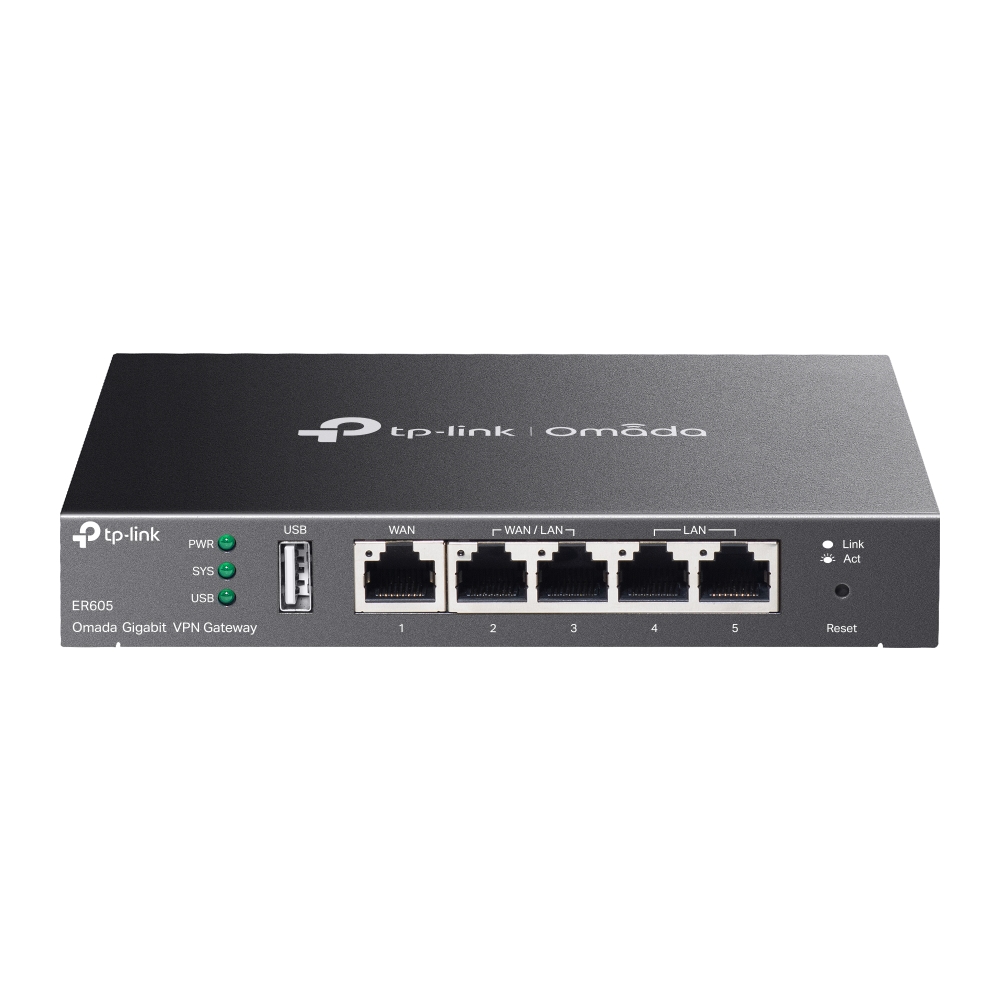How about Peplink Balance?
The Balance One Core looks pretty capable. The Balance 30 LTE appears to do everything I need in a single box (including LTE Sim card and external antenna), but is only 200 Mbps throughput... doesn't that seem quite low?
I only have 100 Mbps service currently, though Comcast cable service available through 1 Gig... however, still don't understand the need for > 100 Mbps service if just watching HD video/web browsing/video conferencing, etc. Maybe someone can explain if increased bandwidth gives some other edge beyond downloading large files.
I *think* these can run OpenVPN server, as well for connecting home over VPN.
The Balance One Core looks pretty capable. The Balance 30 LTE appears to do everything I need in a single box (including LTE Sim card and external antenna), but is only 200 Mbps throughput... doesn't that seem quite low?
I only have 100 Mbps service currently, though Comcast cable service available through 1 Gig... however, still don't understand the need for > 100 Mbps service if just watching HD video/web browsing/video conferencing, etc. Maybe someone can explain if increased bandwidth gives some other edge beyond downloading large files.
I *think* these can run OpenVPN server, as well for connecting home over VPN.



